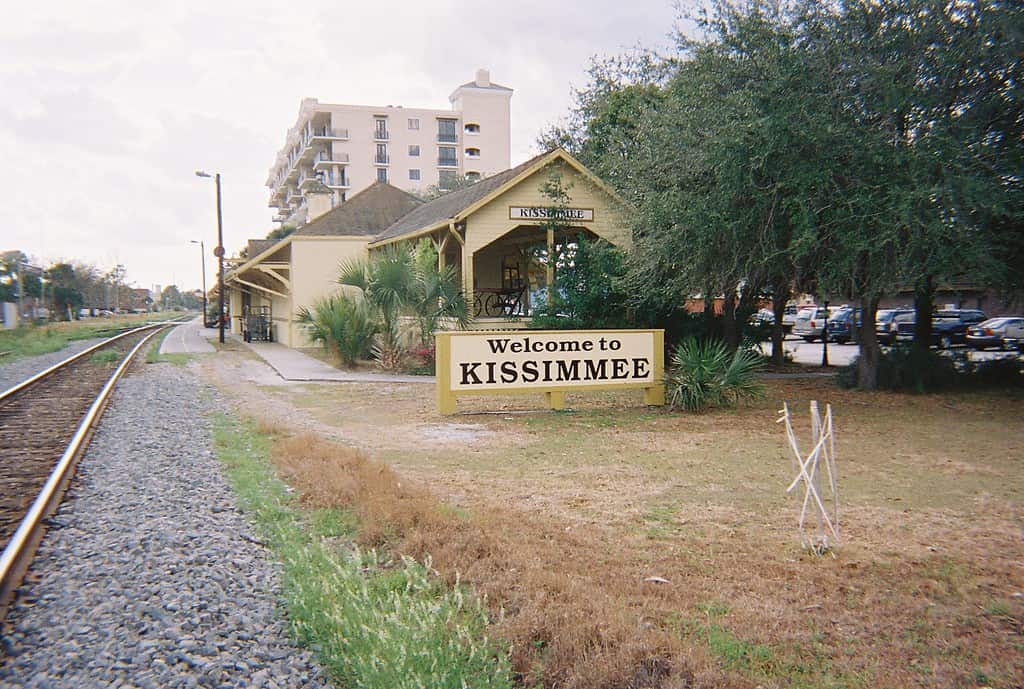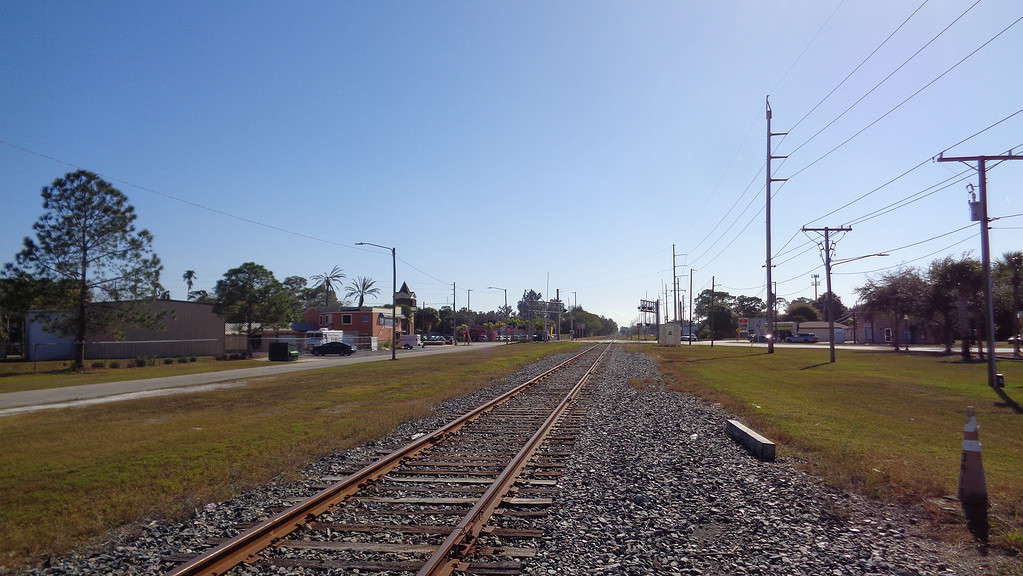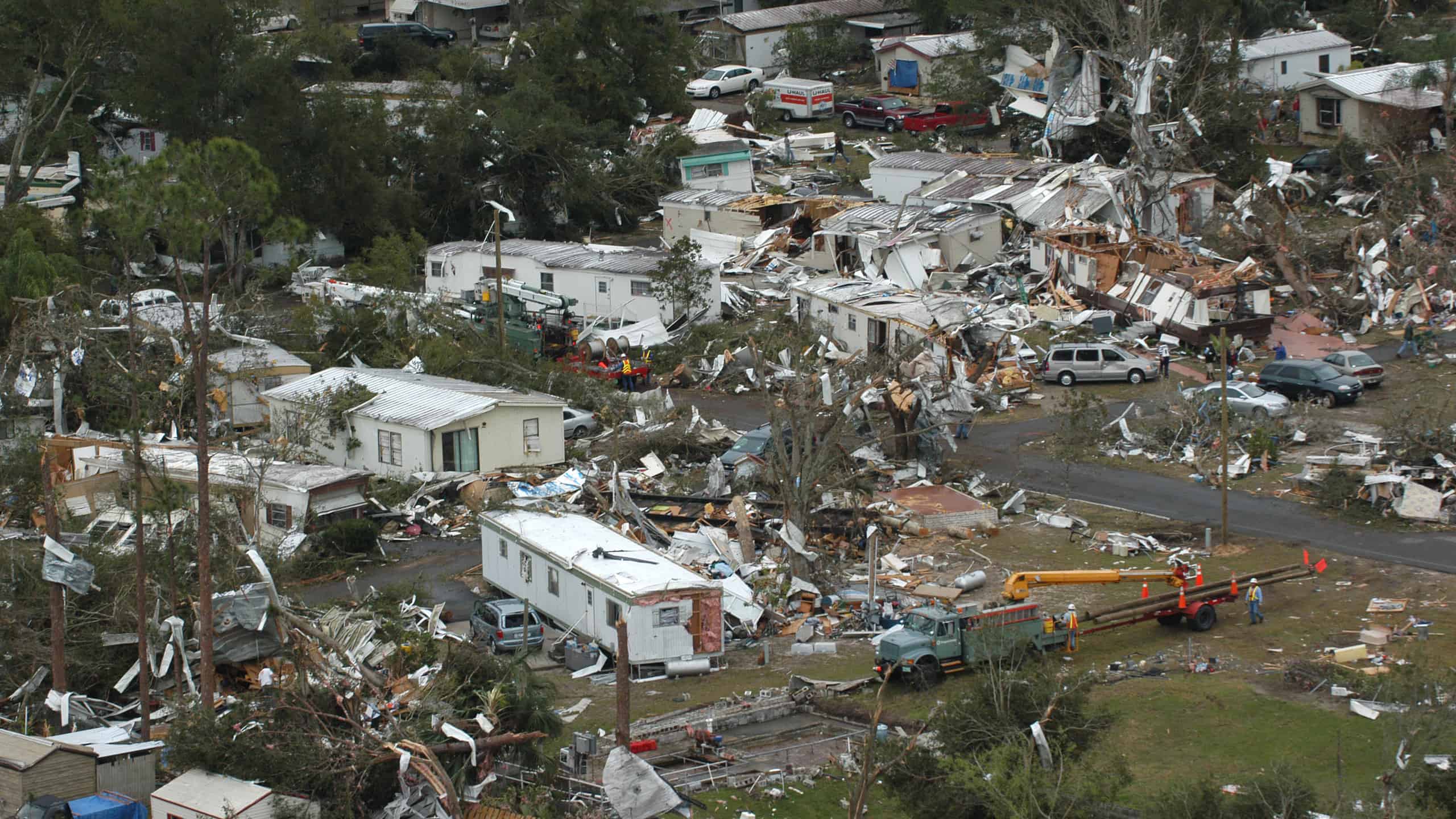Florida isn’t home to many tornados, as they are quite rare in the area. Other natural disasters, like hurricanes, are much more common. However, there are occasionally very powerful tornados.
The most powerful ever recorded was on March 1, 1980. This tornado was part of a severe weather outbreak that affected many states and produced many tornados. It formed near the Fort Lauderdale-Hollywood International Airport around 3:30 PM, moving northeastward across Fort Lauderdale, Oakland Park, and Pompano Beach. Eventually, it dissipated over the Atlantic Ocean.
The tornado had a path of over 12 miles long and was 500 yards wide at its widest point. It destroyed and damaged over 1,000 buildings. It also destroyed cats, boats, and airplanes. The estimated damage was over $25 million.
The tornado killed one woman who was blown out of her apartment window. Six others were injured. It also caused widespread power outages and traffic disruptions. It was rated an F3 on the Fujita scale, which means it had wind speeds of 158-206 mph. This tornado could cause severe damage to roofs, walls, and vehicles.
The Fort Lauderdale-Oakland Park tornado was the strongest and deadliest tornado to hit Broward County since records began in 1950. It was also one of the few F3 tornados to hit South Florida, where tornadoes are usually weak and infrequent.

The most powerful tornado ever recorded formed near the Fort Lauderdale-Hollywood International Airport around 3:30 PM.
©Nejron Photo/Shutterstock.com
Other Powerful Tornado Events
Several other powerful tornado events are worth mentioning, even though they weren’t technically the strongest in the state’s history.
The Night of the Tornados
The Night of the Tornados is the deadliest tornado outbreak in the history of Florida. It occurred on February 22-23, 1998, affecting mainly the I-4 corridor of Central Florida. Many people were sleeping when the tornadoes struck, which may be why the death toll was so high.
The outbreak produced 15 separate tornados. However, only one was particularly long-lived. These tornados were some of the strongest ever recorded in Florida, including several F3 tornados. There was lots of damage, 42 people were killed, and 260 were injured.
The deadliest tornado in this outbreak hit Kissimmee, killing 25 people and injuring 150. Most fatalities involved mobile homes and recreational vehicles.
The outbreak was caused by a combination of factors, including a low-pressure area, a cold front, a warm front, a squall line, and a strong subtropical jet stream. These factors led to the strong storm developing over the Gulf of Mexico and then moving into Central Florida.
The outbreak was the worst tornado event in Florida history, surpassing the previous record of 17 deaths from a storm on March 31, 1962.

The deadliest tornado in this outbreak hit Kissimmee, killing 25 people and injuring 150.
©DanTD, CC BY-SA 3.0 <https://creativecommons.org/licenses/by-sa/3.0>, via Wikimedia Commons – License
Pinellas Park Tornado
The Pinellas Park Tornado is the most recent powerful tornado that occurred in Florida. It occurred on December 16, 2020, and was rated an F2.
It was part of a powerful line of storms that moved through the Tampa Bay region. The tornado touched down in Pinellas Park just before 4 PM and moved northeastward before lifting back up.
It had a path of 13 miles and was 50 yards wide at the widest point. It damaged 25 buildings, including several homes and businesses. The estimated damage was $1.5 million, which is quite a bit lower than the most powerful tornado.
Luckily, the tornado only injured one person, who was inside a car when the tornado flipped it. It did cause several power outages, though.
The Pinellas Park tornado was the strongest tornado to hit Pinellas County since 1992, when an F3 tornado killed four people and injured 130.

The estimated of the Pinellas Park tornado’s damage was $1.5 million, which is quite a bit lower than the most powerful tornado.
©Jackdude101, CC BY-SA 4.0 <https://creativecommons.org/licenses/by-sa/4.0>, via Wikimedia Commons – Original / License
How Do Tornados Effect Wildlife in Florida?
Tornados do affect wildlife in Florida any time they occur. However, these effects aren’t always negative, like you may think. Tornados can directly injure and kill wildlife that is caught in their path, including birds, small mammals, and reptiles. However, this is extremely difficult to measure and probably isn’t a significant number of creatures.
Tornados can also alter habitats, affecting whether or not wildlife can get food and shelter. For instance, tornados can destroy trees that were used as shelter and a food source for nearby animals. It can also expose wildlife to predators and spread diseases as wildlife congregates nearby where food is available.
However, it isn’t all bad. Tornados can create new habitats and improve old ones. For instance, gaps in the forest can be an abundant food source for animals. Dead trees can promote the growth of food sources and even provide dens for animals. New saplings may grow in the place of the old trees.
It does depend largely on the area and species, though. Some species may benefit from the destruction caused by the tornado, while others may be harmed. Some wildlife may recover quickly, while others may take longer.
Tornadoes are natural phenomena that have shaped Florida’s ecosystems for millennia, but they may also interact with other factors, like human activity and invasive species. Therefore, they may be more damaging in some cases, leading to species needing human intervention to recover.
Thank you for reading! Have some feedback for us? Contact the AZ Animals editorial team.








